In land-scarce Singapore, new spaces for homes on the sea and in the air, possibly
A floating island and apartments perched over roads and old buildings are just some of the ideas for how Singapore could overcome its land shortage, as the show Land Unlimited discovers.
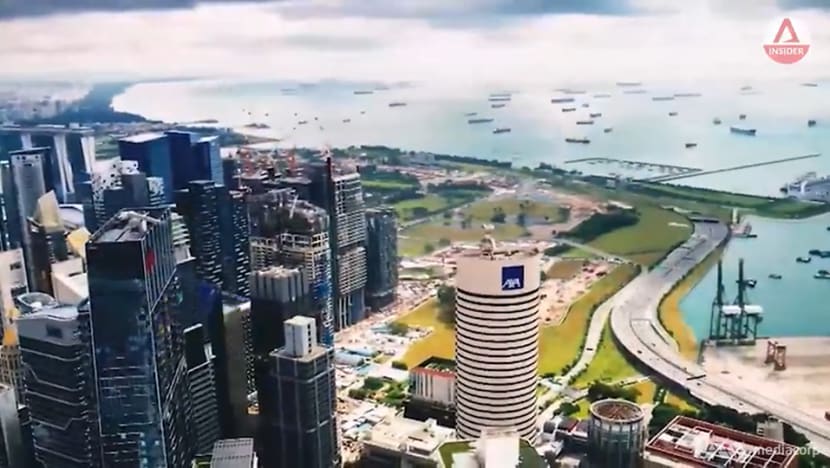
Homes might be part of the sea view one day.
SINGAPORE: Mr Shinichi Takiguchi has visited Singapore several times, and from the windows of his hotel room, all he can see is the sea. He believes that will change in future.
The managing executive officer at construction giant Shimizu Corporation is part of a team working on building a floating city for upwards of 50,000 people. And they have been poring over maps of Singapore, discussing potential locations.
They are sure that what they call the Green Float will be part of the sea view here one day – with homes at the top, offices in the middle, vegetable farms at the bottom and beaches around it.
“The technology required could be realised here and now,” says Mr Takiguchi, who is with Shimizu’s Emerging Frontiers Division. “I won’t have to wait till my grandchildren’s generation. I’ll be able to see it while I'm still alive.”

Building on water is one of the possibilities for Singapore as it looks for new spaces where people can live, work and play.
Based on the Land Use Plan, an additional 5,600 hectares of land are needed by 2030 to cater for a population expected to grow to between 6.5 and 6.9 million.
And the city state is leaving no stone unturned in these efforts. “We’re using every possible surface and expanding our options,” says Economic Development Board managing director Chng Kai Fong.
“We have to examine every single option that's available. We need to pick up every stone and seize those opportunities.”
Watch: Where Singapore's future homes could be built (7:13)
Besides the sea, the options include building in the air, such as above roads, canals and existing structures, as the show Land Unlimited discovers.
The series showcases how other land-scarce cities are using unusual locations to overcome limited land, and what Singapore – the 20th-smallest country in the world and the second smallest in Asia – can learn from their experiences. (Watch it here.)
‘COSTS THE SAME AS RECLAMATION’
At all of 724 square kilometres, the Republic is less than half the size of London. Throughout its existence, it has fought back the sea to create more land, with its first reclamation carried out in 1822, on Boat Quay.
Now, Shimizu Corporation believes it has a new, comparable solution. “Building a Float would cost the same as reclamation,” claims senior architect and project leader Masaki Takeuchi.

It would take about 10 years to construct a Green Float with a 1-km-high tower and a base that is 3 km in diameter. Once completed, it is expected to last 100 years.
At Shimizu’s Institute of Technology in Tokyo, scientists have achieved breakthroughs in creating suitable concrete for structures on the sea, bringing the concept closer and closer to reality.
They have also erected an experimental structure, half floating on water, which they have kept a close watch on, to apply what they learn to building the Float.
And Singapore’s calm equatorial waters may be one of the best places in the world for them to construct a Green Float.
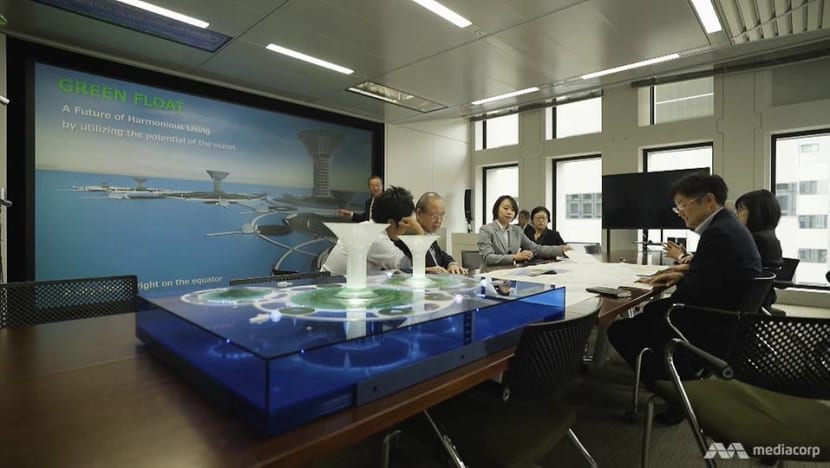
“The wind and water currents around Singapore are much weaker in comparison (to Japan). Thus we can safely say that safety won’t be a concern,” says Mr Takeuchi.
It also makes use of solar energy to be more eco-friendly, and there’s a lot of sun around Singapore.
AN IDEA FROM LONDON’S ROOFTOPS
In London, architects have proposed a floating building on the River Thames to house parliamentarians when it is time to refurbish the Houses of Parliament.
Meanwhile, another idea for overcoming the city’s land shortage is already being put into practice: Rooftop property development.
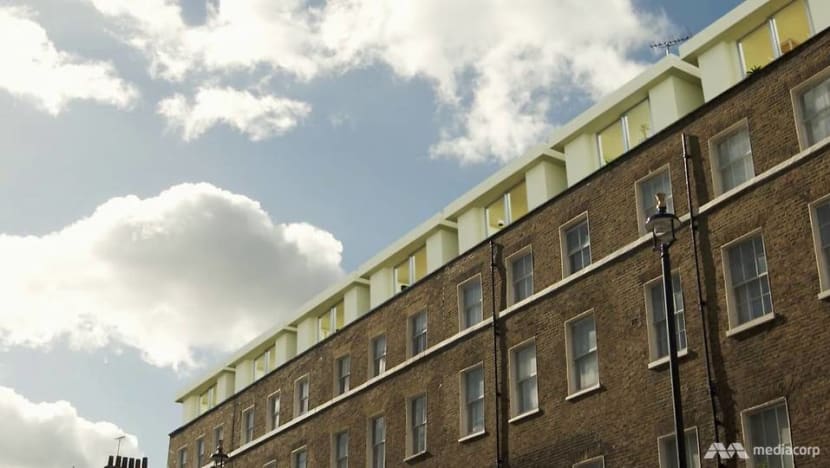
One of the first to specialise in this is Apex Airspace, which expects to build about 100 homes this year by adding a storey above suitable buildings.
In fact, the company’s research found that it is possible to have 180,000 such homes in London, a city where 66,000 new homes are needed annually to meet demand after years of underinvestment.
Developers must secure the rights to the airspace above a building before they can place a structure on it, which was an unusual concept when Apex chief executive officer Arshad Bhatti founded the firm in 2015.
Banks brushed him off when he tried to secure a loan. But he persevered and turned his idea into a reality, starting out by putting a storey on top of a three-storey building.
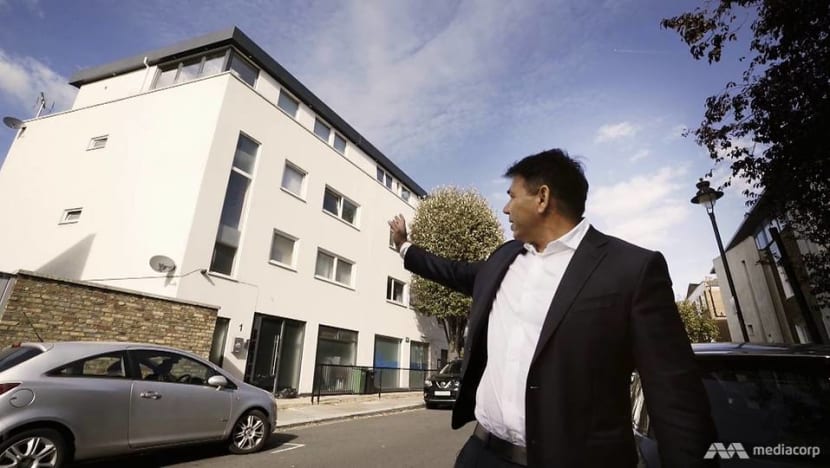
“We were able to show that these spaces can be used for a valuable purpose,” he says. “It’s 732 acres of land. That’s what the roofs are across London. We’re bringing a new land supply into equation.”
Each home is manufactured in modules in factories, then transported to the site, where it is assembled in a day without major disturbances to residents.
“We have new technologies to enhance the structural integrity of these buildings, which not only will build new units which are safe to live in, but also enhance the integrity of the existing buildings,” says Mr Bhatti.
“Because they’re being built in the factory environment, they’re more precision-made. They’re of better quality.”
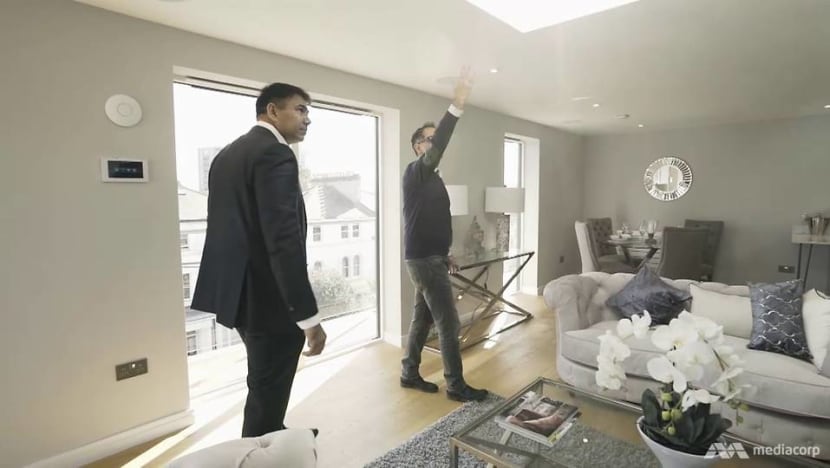
He has had enquiries from other cities in the United Kingdom, as well as from New Zealand and Abu Dhabi. Elsewhere, architects and developers have found similar solutions to the challenge of making better use of land.
In Hamburg, Germany, a concert hall was designed to sit above a warehouse built in the 1960s, as a way of creating a cultural venue without straining the land supply. It opened in 2017 and has become a city landmark.
In Singapore, a study has proposed adding new levels above shophouses. “Technology is available. You build on it. There shouldn’t be a problem,” says National University of Singapore civil engineering professor Yong Kwet Yew.
“Our land is so precious. So it doesn’t make sense to have three- to four-storey structures.”
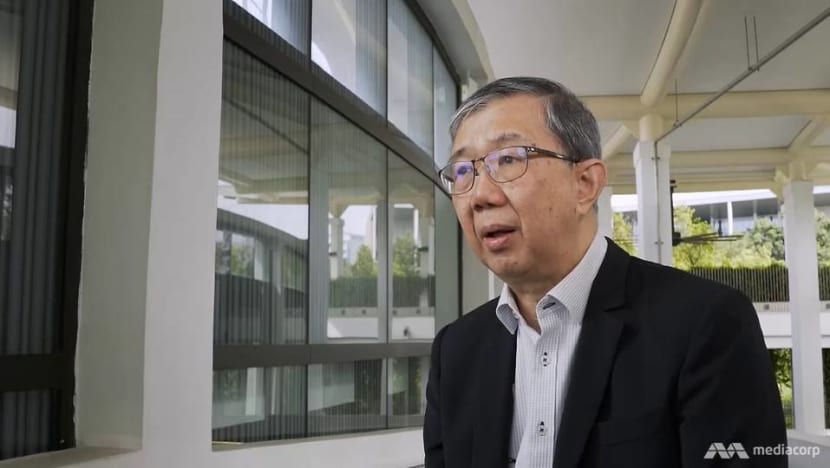
Any such decision, however, must be weighed against other priorities such as leaving low-rise heritage areas as they are. “Whether we build above existing structures, it’s a matter of policy and, of course, societal acceptance,” he adds.
‘UNDERUSED LAND POTENTIAL’
Mr Michael Shaw, who develops rooftop homes in London, spotted another kind of opportunity during his trips to Singapore, where his son Cameron worked for a few years. He wants to build apartments above drainage canals.
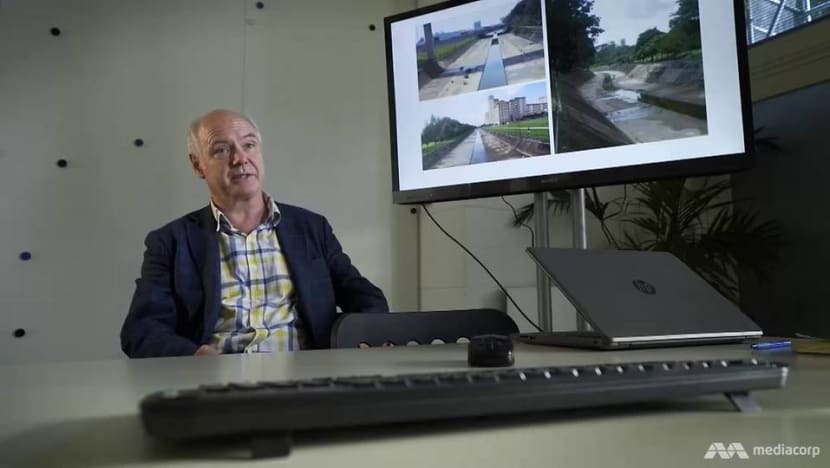
A frame laid over a canal would form the support structure for apartments with modular components made in factories. According to his plan, each development would have six storeys and 60 units of various sizes, from one to three bedrooms.
“You’re not having to buy the land, and that’s a huge saving. So even if the construction method is slightly more expensive, the overall savings would be huge,” says the 64-year-old. “It’s something that we could build tomorrow.”
Transport infrastructure is another that takes up lots of space. But architects are finding ways to respond to that challenge facing many cities.
“There are always opportunities to create new spaces in and above existing infrastructure, whether that’s railway lines or roads or stations,” says Mr Max Farrell, a partner at architecture and urban design firm Farrells.
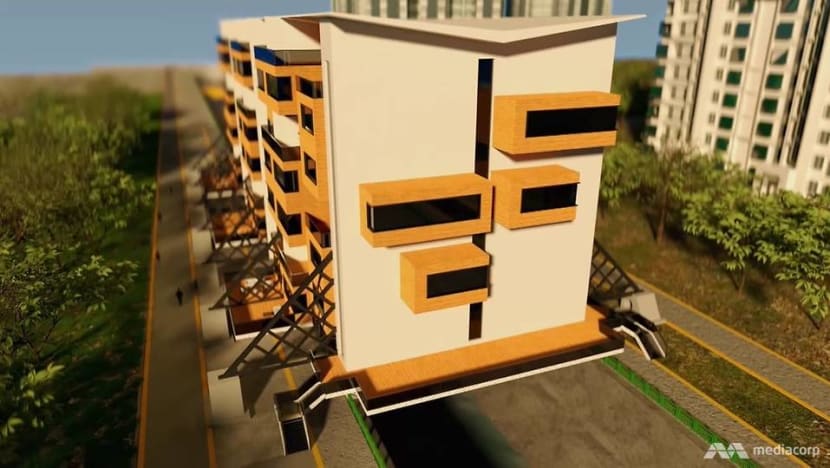
One of his firm’s signature projects is Embankment Place, a nine-storey office building on a roof constructed over Charing Cross, one of London’s busiest railway stations.
“The trains didn’t stop once. It’s a piece of London that was never thought to be possible,” he says.
The space above roads could be just as productive. An expressway running through Hamburg, for example, is getting roof covers that will be turned into land for parks and other facilities. It will also connect communities separated by the expressway.
This idea of building over major roads has been carried out in Singapore with the S$16 million Eco-Link@BKE, opened in 2013 to restore the ecological connection between the Bukit Timah Nature Reserve and the Central Catchment Nature Reserve.
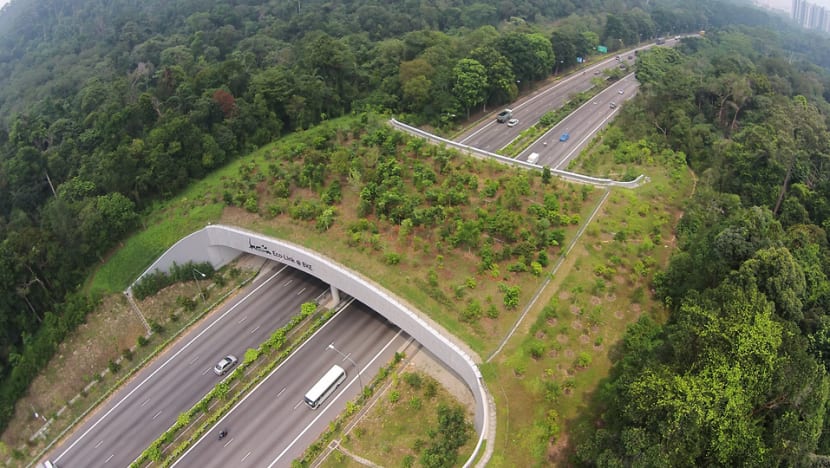
In future, such bridge-like structures might be a way to inject new spaces into business districts, serving as areas on which low-rise offices or community facilities could stand.
ON THE ROAD TO CHANGE
A more immediate task is to find ways for spaces to serve a double duty, especially those that are underutilised at certain times.
If vehicles are all that roads are used for, then Singapore is missing out on the full potential of the 12 per cent of land they occupy, as some roads have varying levels of usage at different times.

“We need to be able to think creatively about how we can use roads in a more multifunctional way,” says Mr Farrell. “There’s a much more intelligent programming of roads that can mean roads can become public spaces.”
In the Central Business District, for example, if public buses are diverted when traffic is nearly non-existent, say, on Sundays, then roads could be available for other uses – such as pop-up cinema, yoga or tai chi, he suggests.
In the coming years, road infrastructure will evolve because of autonomous vehicles “going mainstream”.
“We can get something like 30 per cent of the current road space back, and 80 percent of the car parks. Though I think it’s something that people don’t recognise will be a game changer,” he says.

The authorities, however, are watching closely. “Very likely we’ll see, in future, automated vehicles for fleets, for example public buses. This will change the way roads are used,” says Urban Redevelopment Authority group director (strategic planning) Adele Tan.
“Right now, because the future isn’t so clear, we’re keeping an open mind. We’re trying to see how we can plan ahead that will cater for these different scenarios.”
As new technologies will have an impact on land use, Prof Yong agrees that “the plan should always be dynamic”.
“We may have a plan for what we can see now. Twenty years (later), it could be a totally different plan,” he says. “I see tremendous opportunities if we allow our imagination to go unhindered.”
Watch the show Land Unlimited here.

















